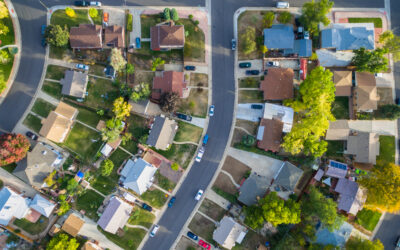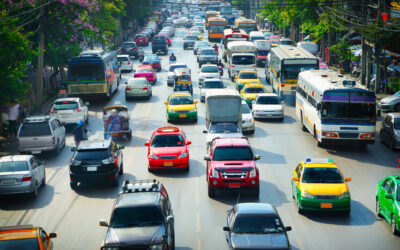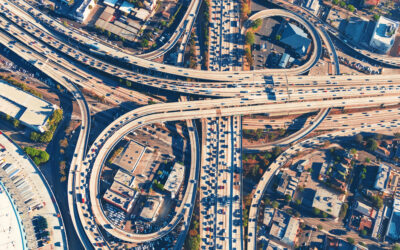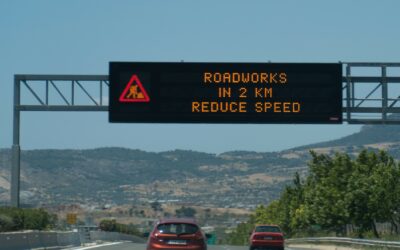LATEST BLOG POSTS
4 Ways to Address Transportation Equity
Transportation equity aims to increase reliable, sustainable transportation for all, creating economic and social benefits while moving away from a car-centric transportation design approach.
8 Traffic Calming Measures for Neighborhood Streets
Traffic calming measures can prevent high speeds and cut-through traffic on neighborhood roadways, making streets safer for residents.
All Location Data are Not Created Equal
Location data provides valuable data and metrics for traffic studies, but not all location data is as accurate or complex. A comparison of location-based services apps and connected car location data for both low and high frequencies.
7 Asset Tracking Technologies
Assets can be tracked through a variety of technologies, and the technology you choose depends on the business and individual asset. A guide to 7 different asset tracking technologies.
Level of Service: Defining Scores for Different Transportation Facilities
Level of service scores provide quick, easy to understand analysis of how roadway users perceive quality of service. Different roadways use different criteria to determine LOS score.
6 Traffic Counts and Classification Study Methods
Counts and classification data provide valuable information to agencies, but study methods differ greatly in collection and accuracy. A comparison of 6 different counts and classification data collection methods.
5 Origin-Destination Study Methods
Origin-destination studies provide information on where drivers begin and end their trips, providing valuable data to traffic planners and agencies. Newer study methods are providing richer, more expansive data, making them ideal for future studies.
High-Resolution Connected Car Trajectory Data: The Future of ATSPMs?
ATSPMs have traditionally been collected through physical detectors, but emerging HRCC trajectory data offers a cost-effective solution with more advanced, in-depth data.
DSRC vs 5G for Connected Vehicles: 5 Metrics Compared
As connected vehicles grow, the debate between DSRC and 5G technology continues. Here, an explanation of both technologies and a comparison of 5 key metrics.
5 Useful Smart Work Zone Systems: An Introduction
Smart work zones use real-time sensor technology and dynamic messaging to inform motorists of changing conditions. Utilizing these 5 smart work zone systems can decrease driver frustration and delay, and increase safety for construction workers and drivers.









